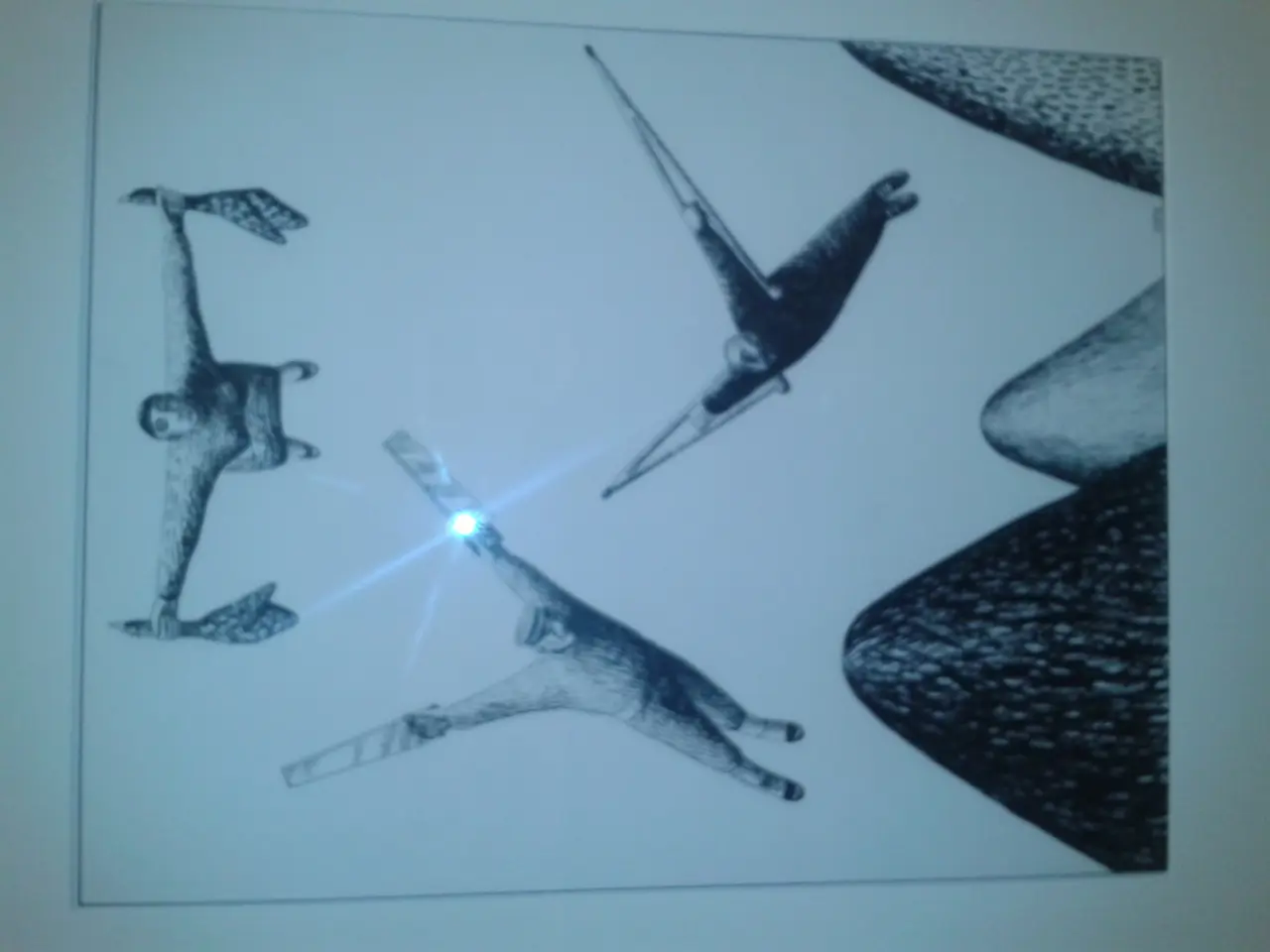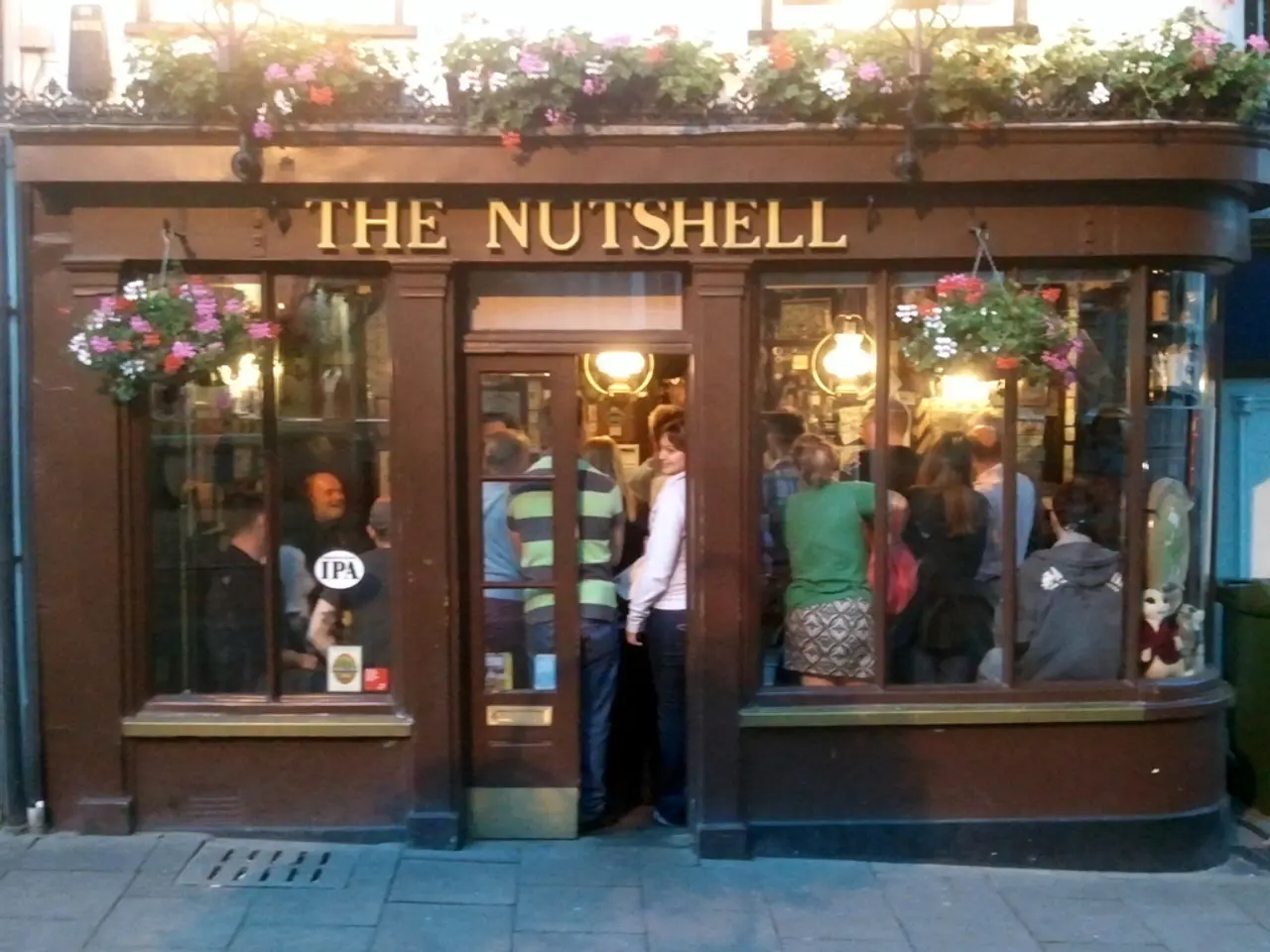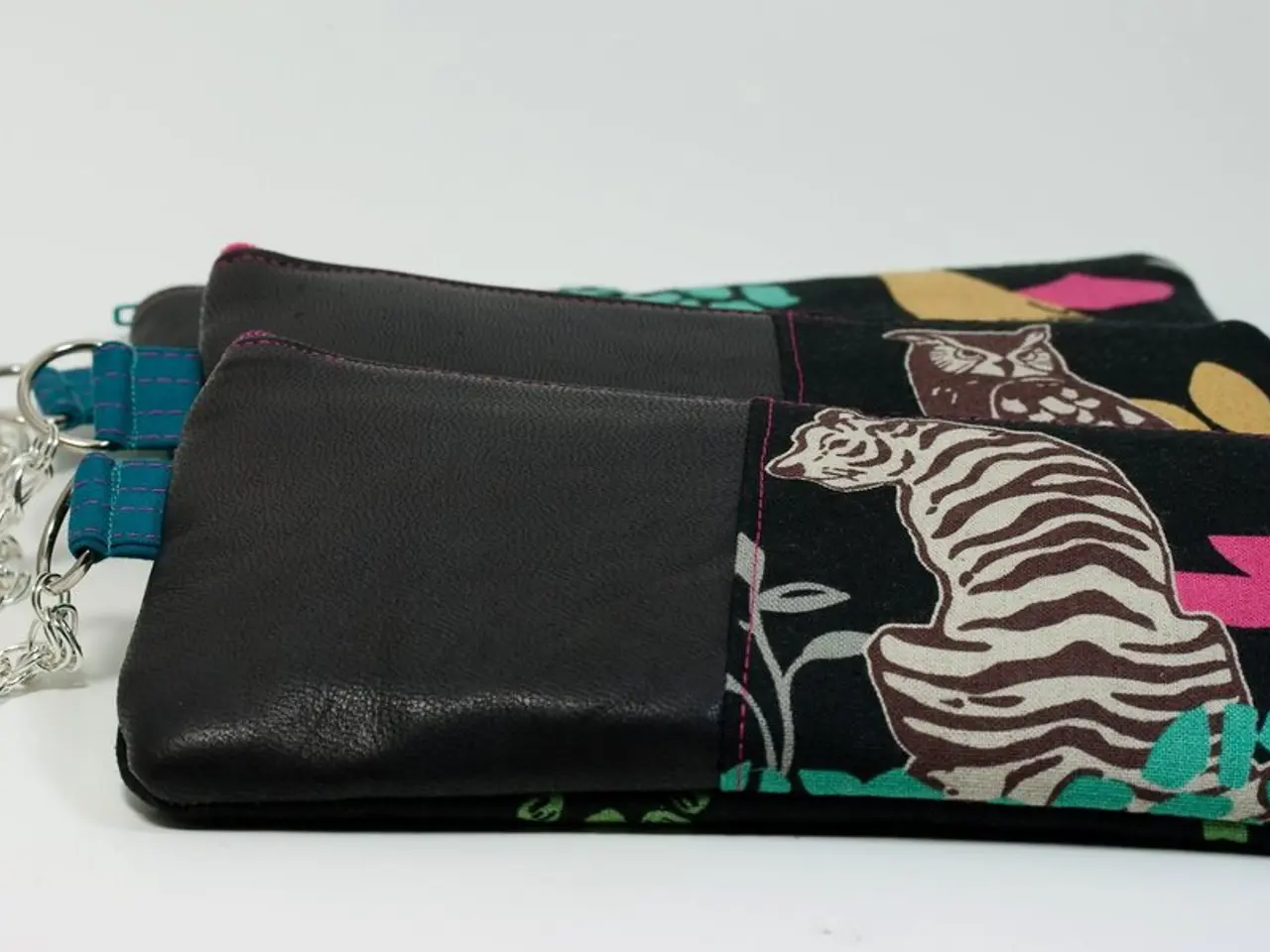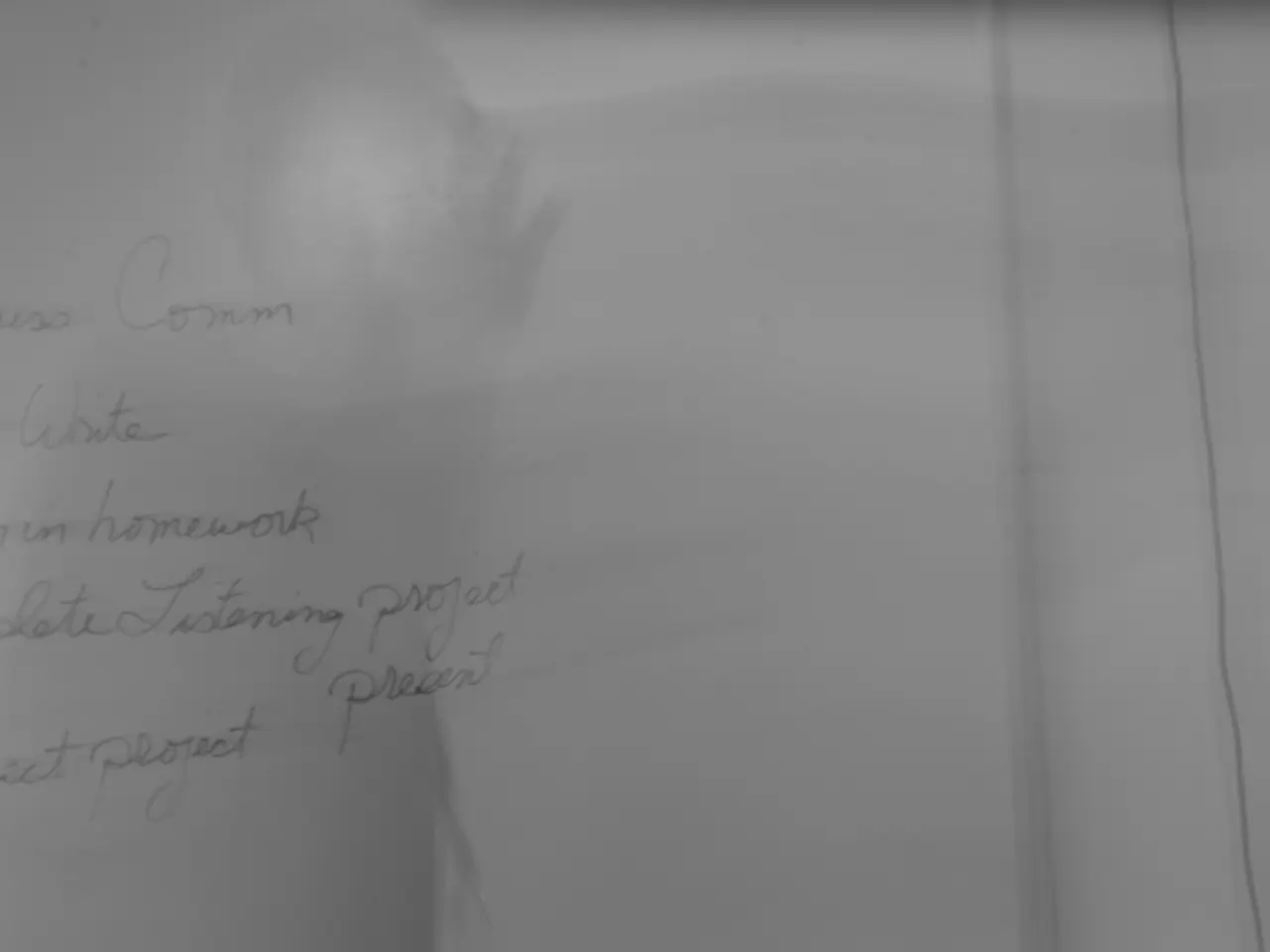Increase in car prices: savings from new purchases diminished
In August 2025, the Russian automotive market experienced a significant transformation in pricing policies, primarily influenced by the growing dominance of Chinese brands, ongoing economic pressures, and shifts in market dynamics.
The Chinese automotive brands, now accounting for approximately 55% of the Russian market, have seen substantial sales growth. Brands such as GAC (+78% month-on-month) and Chery (+52%) have reported impressive growth in July 2025. This surge has likely triggered competitive moves, including price adjustments across the market.
One such example is the Geely Emgrand sedan, which became more affordable with an increased discount of 245,000 rubles. However, the Coolray crossover saw a price increase. Similarly, Belgee, a Belarusian-Chinese manufacturer, adjusted its discount program for the flagship X70 model. Mid-range configurations became more expensive, while top-tier ones became cheaper.
The Tugella crossover, now sold under the Knewstar brand, saw a price increase of 60,000 rubles across all configurations due to a reduction in discounts. The GAC GS3 crossover also experienced a price increase following the cancellation of a 150,000 rubles discount.
In contrast, the luxury automotive segment in Russia has seen a sales increase and maintains high pricing levels, averaging between 30 to 45 million rubles, despite the broader market slump and halted official deliveries from Western brands.
Avtovaz, a local Russian giant, anticipates a 25% decline in sales for 2025 compared to the previous year, reflecting overall lower demand and intensified competition. This decline might pressure prices downward or prompt revised pricing policies to maintain competitiveness.
No direct data indicates that formal tariff changes on automotive imports have come into effect as of August 2025 that would dramatically change pricing policies. However, potential reciprocal tariffs by the US affecting imports from Russia with a 25% tariff threatened earlier in 2025 might indirectly impact pricing strategies of Russian automotive brands or imported vehicles.
In addition, increased market activity and potential quarterly bonuses for dealers, alongside new product launches in the coming months, may influence dealers' short-term pricing and promotional policies in the Russian market.
KGM is currently reviewing the prices of 2022 model year vehicles, with dynamics becoming less predictable compared to previous reductions in costs. Omoda, another Chinese brand, increased the price of the C5 crossover only for the higher versions. The Chinese brand Chery, the leader in July sales, revised its pricing at the beginning of August, with some models becoming cheaper in their basic configurations but an overall increase due to the cancellation of discounts.
In summary, the Russian automotive market from August 2025 is adapting to market dominance and aggressive pricing by Chinese brands, declining sales for local manufacturers, sustained luxury segment prices despite delivery challenges, and market dynamics influenced by dealer incentives and new product availability. While no explicit overall price hikes or cuts across all brands are detailed, the competitive landscape and sales trends strongly suggest dynamic and brand-specific pricing changes in this period.
The price adjustments across the Russian market, as a response to the growing dominance of Chinese brands, are not limited to the Geely Emgrand sedan and Coolray crossover. Other brands, such as Belgee and Tugella (now sold under the Knewstar brand), have also modified their pricing structures. Additionally, the automotive finance industry may need to reevaluate lending terms due to these brand-specific pricing changes in the transportation sector.




